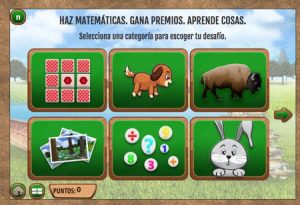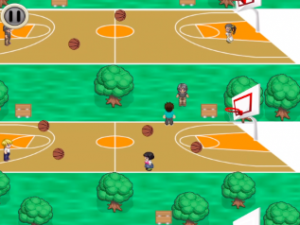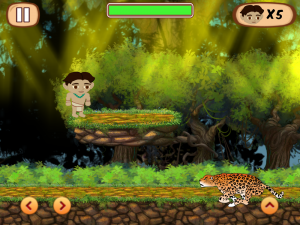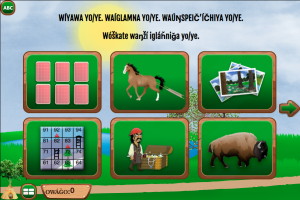In case, you’re not the why/how kind of person and you just want to get right to the what part, we make bilingual games. Here they are:
Want to know more about the why/how? Read on…
From English-language learners to immersion schools to language classes, bilingual education plays an important part in today’s educational system. But despite the fact that we’re talking about something that impacts millions of students, you don’t hear a lot about resources being developed for these students. Sure, there are a number of language learning apps and software, but the majority of them are just building off a dated approach that doesn’t work (memorization without real-world interaction or context). And it makes sense – building quality educational resources is EXPENSIVE. (Trust me, I know.) Building them in two languages – we’re talking about translation and bilingual functionality – that’s even more expensive! But it’s also important, and providing students with resources that help develop bilingual/biliteracy skills is worth the investment.
We developed our initial bilingual games with funding from the U.S. Department of Agriculture, and now have four bilingual games – three in English/Spanish and one in English/Lakota — available, with three more English/Spanish bilingual games in various stages of development to be released over the next 18 months.
While we know bilingual and ELL students comes from many backgrounds – and the recent Department of Education’s “The Biennial Report to Congress on the Implementation of the Title III State Formula Grant Program” – we focused on English/Spanish. We made this choice, because not only is Spanish the overwhelming dominant language in U.S. bilingual education, but also the overwhelming dominant languages on across the Americas.
What do we mean by better bilingual resources? In our games, the language (just like the math) is in context. We’re not making students conjugate random verbs. We’re teaching language how it is most effectively learned.
Think back to when we’re teaching babies to talk. We don’t sit there and give them random lists of vocab and make them recite it back to us. We do things like carry them into the kitchen, saying, “Now, we’re going to go into the kitchen and make dinner.” Then turn on the oven, saying, “This is the oven where we bake things.” We don’t walk in just pointing and saying, “Kitchen. Oven. Stove. Dishwasher. Cupboard. Freezer. Sink. Repeat after me.”
That’s what we try to do – the first part, not the random listing – in our games. We present the language in context, so that kids who are learning a language and have a grasp of some words, but not all, can hear or read those words in context (we have both text and audio). If they need scaffolding, we make the available. Students can easily switch back and forth between the language they’re learning in the game and their native language to confirm or correct their understanding of the second language. (
It’s a better approach because it’s a real-world approach.




